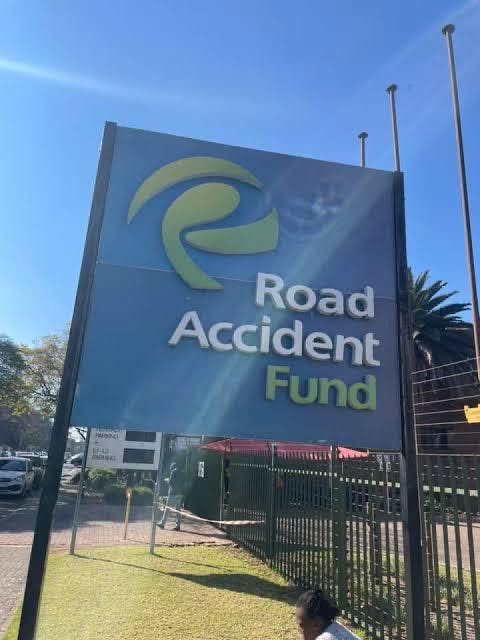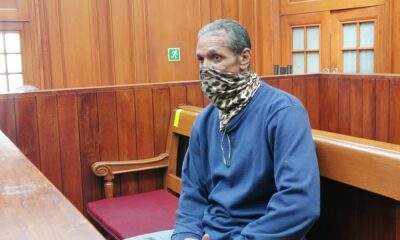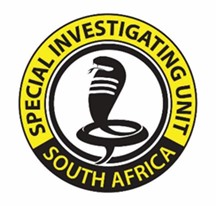When a drunk driver smashed into Sipho Mdluli’s taxi in 2021, his leg and livelihood were destroyed. Three years later, he is still waiting for compensation from the Road Accident Fund (RAF). His claim was approved, but the payment never arrived.
“I ask my lawyers every month,” he says. “They say the case is approved, but nothing comes. I borrow from family to survive.”
Mdluli’s story reflects a nationwide crisis. The RAF, once a vital safety net for road crash victims, has collapsed under debt, dysfunction, and poor design.
A Fund Meant to Protect, Now Drowning in Debt
The RAF was created to protect anyone injured or killed on South African roads, regardless of fault.
It is funded by a fuel levy of R2.18 per litre, unchanged since 2019.
Yet medical costs, court claims, and legal fees have surged. The fund’s liabilities now sit at R518 billion, against only R33 billion in assets. It owes 15 times more than it owns.
The Auditor-General has refused to sign off on its books, warning that the RAF’s finances are unreliable and its survival uncertain.
“A Broken RAF Means People Go Without Wheelchairs”
The Standing Committee on Public Accounts (SCOPA) is now probing how the RAF reached this point.
Its chairperson, Songezo Zibi, says the human cost is devastating.
“There are people who need wheelchairs but don’t have them,” he told IOL.
“Accident victims need caregivers and medical transport, but they can’t afford it. The RAF was supposed to make that possible.”
Zibi says victims are trapped “between injury and dignity,” unable to access the basic services that compensation was designed to provide.
“This is not only a financial crisis,” he said. “It’s a human one.”
The Broken Model Behind the Collapse
Zibi argues that the fund’s structure is the main problem, not only its management.
“The law forces the RAF to pay victims lump sums upfront,” he explained. “You get all your money at once, even for expenses that stretch over decades. That’s not sustainable.”
He believes the fund should make structured annual or monthly payments, or issue medical vouchers instead of massive payouts.
“If you get R30 million at once, it’s gone in a few years. But if we pay R180 000 a year or provide care vouchers, victims still get support, and the fund can survive.”
He stresses that this is his personal view, but SCOPA will consider it when drafting reform proposals.
Why the Fuel Levy Model Has Failed
Raising the fuel levy won’t solve the problem, Zibi warns.
“The levy model no longer works. It shouldn’t be the only source of funding,” he said.
He proposes that third-party insurance be added to vehicle licence renewals a system already used in other countries.
“Each driver would pay a small annual insurance fee. From that pool, we cover accident victims. The fuel levy alone cannot carry this system anymore.”
The Missing Money Problem
Opposition parties believe the situation is worse than the official figures show.
ActionSA MP Alan Beesley said the Auditor-General admitted during SCOPA’s hearings that it’s impossible to estimate all RAF liabilities.
“Our calculations show unrecorded liabilities of more than R500 billion,” Beesley said. “This is one of the most serious financial misstatements in democratic South Africa.”
He called for criminal charges against the former RAF board, saying that billions in claims may never be fully accounted for.
What’s at Stake
For thousands like Sipho Mdluli, reform cannot wait.
The RAF is not only a financial institution it’s the only protection most South Africans have after a road accident.
If the fund collapses completely, victims will be left with nothing.
The crisis has turned into a test of government accountability.
Whether through legal reform, new funding models, or political will, the country must decide how to rebuild a system that once promised dignity and now delivers despair.




























